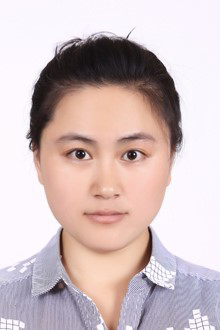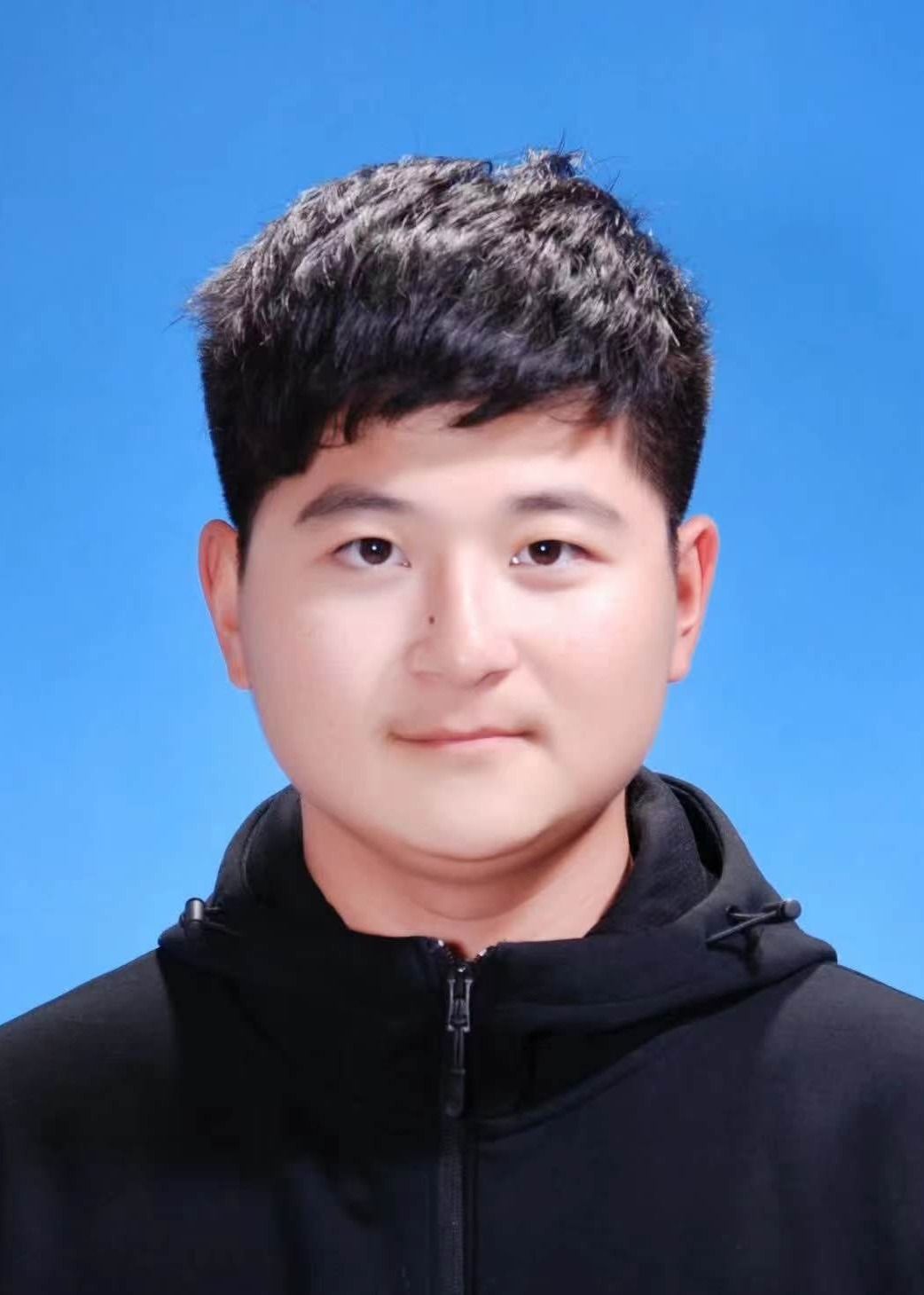Focusing on the general direction of “Memory Dynamics and Physiology”, relying on the advantages of the institute in intersectional, integrational, and translational brain research (ITBR), we are committed to promoting the innovative application of modern molecular biology, Advanced Microscopy, cell biology and other related technologies in memory research with an emphasis on the memory types such as emotional memory, feeding memory, and motor memory. We have been long engaged in analyzing the basic features of memory engrams and their neurobiological basis from multiple dimensions, portraying the physiological nature of normal life activities such as emotion, nutritional metabolism, motor behaviors and their impairments, with the goal of reconstruction and synthesis. Meanwhile, we are also going to expand the application of memory principles in brain-body interaction regulation to understand the symptom evolution and functional rehabilitation in chronic diseases. We hope to develop new methods and modalities of peripheral and central stimulation that are capable of evoking persistent changes in brain activity equivalent to “memory”, and then to address the evolutionary process and molecular driving forces of characteristic cell ensembles with a markedly pro-rehabilitation effect in the brain, and ultimately to establish new strategies of disease intervention based on memory principles for clinical translation and application.

Email:wuyanjiao@fudan.edu.cn
Research Direction:Neural signaling in memory and related disorders

Email:leiyanneung@163.com
Research Direction:Research on the medical application of memory principles

Email:liuyingxiao12624@163.com
Research Direction:Mechanisms of neuroplasticity in memory

Email:shuai_ye@fudan.edu.cn
Research Direction:Mechanisms of memory regulation in brain-body interaction

Email:17816899256@163.com
Research Direction:Neural circuit basis of fear memory forgetting

Email:xu.wen.ying.com@163.com
Research Direction:Neural circuit basis underlying the therapeutic benefits of deep brain stimulation

Email:15645631992@163.com
Research Direction:Mechanistic studies on the stability of memory engram synapses

Email:xumiaooo@foxmail.com
Research Direction:Synaptic organization in memory engram circuits

Email:23111520041@m.fudan.edu.cn
Research Direction:Neural signaling in memory and related disorders

Email:22211520034@m.fudan.edu.cn
Research Direction:Neural mechanisms underlying spontaneous recovery of extinguished fear

Email:23211520047@m.fudan.edu.cn
Research Direction:Neural signaling in memory and related disorders

Email:24211530017@m.fudan.edu.cn
Research Direction:Neural signaling in memory and related disorders

Email:wangjieepoch@163.com
Research Direction:Striatal neuronal ensemble plasticity underlying levodopa-induced dyskinesia in Parkinson's disease

Email:liangjingxue99@163.com
Research Direction:Neural circuit mechanisms of motor comorbidities in Parkinson's disease

Email:lanhun_206@163.com
Research Direction:Research on the medical application of memory principles

Email:sunjiuyang2014@gmail.com
Research Direction:Parkinson's disease and reward motivation regulation

Email:tuxinyu11002x@126.com
Research Direction:Discovery and regulation of neuronal ensembles associated with dyskinesia in Parkinson's disease

Email:hkl20001015@163.com
Research Direction:Research on the medical application of memory principles
Cheung H#, Yu TZ#, Yi X#, Wu YJ, Wang Q, Gu X, Xu M, Cai M, Wen W, Li XN, Liu YX, Sun Y, Zheng J, Xu TL*, Luo Y*, Zhang MZ*, Li WG*. An ultra-short-acting benzodiazepine in thalamic nucleus reuniens undermines fear extinction via intermediation of hippocamposeptal circuits. Communications Biology 2024; 7: 728.

Lin ZJ#, Gu X#, Gong WK, Wang M, Wu YJ, Wang Q, Wu XR, Zhao XY, Zhu MX, Wang LY, Liu Q, Yuan TF*, Li WG*, Xu TL*. Stimulation of an entorhinal-hippocampal extinction circuit facilitates fear extinction in a post-traumatic stress disorder model. Journal of Clinical Investigation 2024; 134(22): e181095.

Huang C#, Sun PY#, Jiang Y#, Liu Y, Liu Z, Han SL, Wang BS, Huang YX, Ren AR, Lu JF, Jiang Q, Li Y, Zhu MX, Yao Z, Tian Y, Qi X*, Li WG*, Xu TL*. Sensory ASIC3 channel exacerbates psoriatic inflammation via a neurogenic pathway in female mice. Nature Communications 2024; 15(1): 5288.

Zeng K#, Jiao ZH#, Jiang Q, He R, Zhang Y, Li WG*, Xu TL*, Chen Y*. Genetically encoded photocatalysis enables spatially restricted optochemical modulation of neurons in live mice. ACS Central Science 2024; 10(1): 163-175.

Liu Y#, Ye S#, Li XN, Li WG*. Memory trace for fear extinction: fragile yet reinforceable. Neuroscience Bulletin 2024; 40(6): 777-794.

Xu W#, Wang J#, Li XN, Liang J, Song L, Wu Y, Liu Z*, Sun B*, Li WG*. Neuronal and synaptic adaptations underlying the benefits of deep brain stimulation for Parkinson's disease. Translational Neurodegeneration 2023; 12(1): 55.

Du X#, Yan Y#, Yu J#, Zhu T, Huang CC, Zhang L, Shan X, Li R, Dai Y, Lv H, Zhang XY, Feng J, Li WG*, Luo Q*, Li F*. SH2B1 tunes hippocampal ERK signaling to influence fluid intelligence in humans and mice. Research 2023; 6: 0269.

Wu YJ#, Yi X#, Gu X, Wang Q, Jiang Q, Li Y, Ding J*, Li WG*, Xu TL*. Synaptic scaling of corticostriatal circuits underlies hyperactivity in GABA transporter-1 deficient mice. iScience 2023; 26(4): 106322.

Sun PY#, Li HG#, Xu QY#, Zhang Z, Chen JW, Shen YH, Qi X, Lu JF, Tan YD, Wang XX, Li CX, Yang MY, Ma YZ, Lu Y, Xu TL, Shen JW, Li WG*, Guo YF*, Yao ZR*. Lidocaine alleviates inflammation and pruritus in atopic dermatitis by blocking different population of sensory neurons. British Journal of Pharmacology 2023, 180(10): 1339-1361.

Ma B, Shan X, Yu J, Zhu T, Li R, Lv H, Cheng H, Zhang T, Wang L, Wei F, Meng B, Yuan X, Mei B*, Zhang XY*, Li WG*, Li F*. Social deficits via dysregulated Rac1-dependent excitability control of prefrontal cortical neurons and increased GABA/glutamate ratios. Cell Reports 2022; 41(9): 111722.

Liu Y#, Xu M#, Li WG*. Segregating memories: targeting microenvironment of neuronal ensembles. Signal Transduction and Targeted Therapy 2022; 7: 363.

Wang Q#, Zhu JJ#, Wang L, Kan YP, Liu YM, Wu YJ, Gu X, Yi X, Lin ZJ, Wang Q, Lu JF, Jiang Q, Li Y, Liu MG, Xu NJ, Zhu MX, Wang LY, Zhang S*, Li WG*, Xu TL*. Insular cortical circuits as an executive gateway to decipher threat or extinction memory via distinct subcortical pathways. Nature Communications 2022; 13(1): 5540.

Gu X#, Wu YJ#, Zhang Z, Zhu JJ, Wu XR, Wang Q, Yi X, Lin ZJ, Jiao ZH, Xu M, Jiang Q, Li Y, Xu NJ, Zhu MX, Wang LY, Jiang F*, Xu TL*, Li WG*. Dynamic tripartite construct of interregional engram circuits underlies forgetting of extinction memory. Molecular Psychiatry 2022; 27(10): 4077-91.

Li WG#*, Wu YJ#, Gu X#, Fan HR, Wang Q, Zhu JJ, Yi X, Wang Q, Jiang Q, Li Y, Yuan TF, Xu H, Lu J, Xu NJ, Zhu MX, Xu TL*. Input associativity underlies fear memory renewal. National Science Review 2021; 8(9): nwab004.

Yan Y#, Zhang L#, Zhu T#, Deng S, Ma B, Lv H, Shan X, Cheng H, Jiang K, Zhang T, Meng B, Mei B*, Li WG*, Li F*. Reconsolidation of a post-ingestive nutrient memory requires mTOR in the central amygdala. Molecular Psychiatry 2021; 26(7): 2820-36.

Wang Q#, Wang Q#, Song XL, Jiang Q, Wu YJ, Li Y, Yuan TF, Zhang S, Xu NJ, Zhu MX, Li WG*, Xu TL*. Fear extinction requires ASIC1a-dependent regulation of hippocampal-prefrontal correlates. Science Advances 2018; 4(10): eaau3075.

Yu Z#, Wu YJ#, Wang YZ, Liu DS, Song XL, Jiang Q, Li Y, Zhang S, Xu NJ, Zhu MX, Li WG*, Xu TL*. The acid-sensing ion channel ASIC1a mediates striatal synapse remodeling and procedural motor learning. Science Signaling 2018; 11(542): eaar4481.

Fan HR#, Du WF#, Zhu T#, Wu YJ#, Liu YM, Wang Q, Wang Q, Gu X, Shan X, Deng S, Zhu T, Xu TL, Ge WH, Li WG*, Li F*. Quercetin reduces cortical GABAergic transmission and alleviates MK-801-induced hyperactivity. EBioMedicine 2018, 34: 201-13.

Li WG#, Liu MG#, Deng S#, Liu YM, Shang L, Ding J, Hsu TT, Jiang Q, Li Y, Li F*, Zhu MX*, Xu TL*. ASIC1a regulates insular long-term depression and is required for the extinction of conditioned taste aversion. Nature Communications 2016, 7: 13770.

Peng Z#, Li WG#, Huang C, Jiang YM, Wang X, Zhu MX, Cheng X*, Xu TL*. ASIC3 mediates itch sensation in response to coincident stimulation by acid and nonproton ligand. Cell Reports 2015; 13: 387-98.

Yu Y#, Chen Z#, Li WG#, Cao H, Feng EG, Yu F, Liu H, Jiang H*, Xu TL*. A nonproton ligand sensor in the acid-sensing ion channel. Neuron 2010; 68(1): 61-72.

 Address: Floor 2, Building B, Medical Research Building, 131 Dong'an Road, Xuhui District, Shanghai
Address: Floor 2, Building B, Medical Research Building, 131 Dong'an Road, Xuhui District, Shanghai
 Postcode: 200032
Postcode: 200032
 Email: liwg@fudan.edu.cn
Email: liwg@fudan.edu.cn